Isdera – The Unknown Company
The Germany-based company “Isdera” is one of the least known car-manufacturers in the world, despite having existed in its current form since 1982, while one of their five models has been released over a decade before the company was founded.

The Germany-based company “Isdera” is one of the least known car-manufacturers in the world, despite having existed in its current form since 1982, while one of their five models has been released over a decade before the company was founded.
The Isdera Erator GTE - The Isdera that preceeded the Company
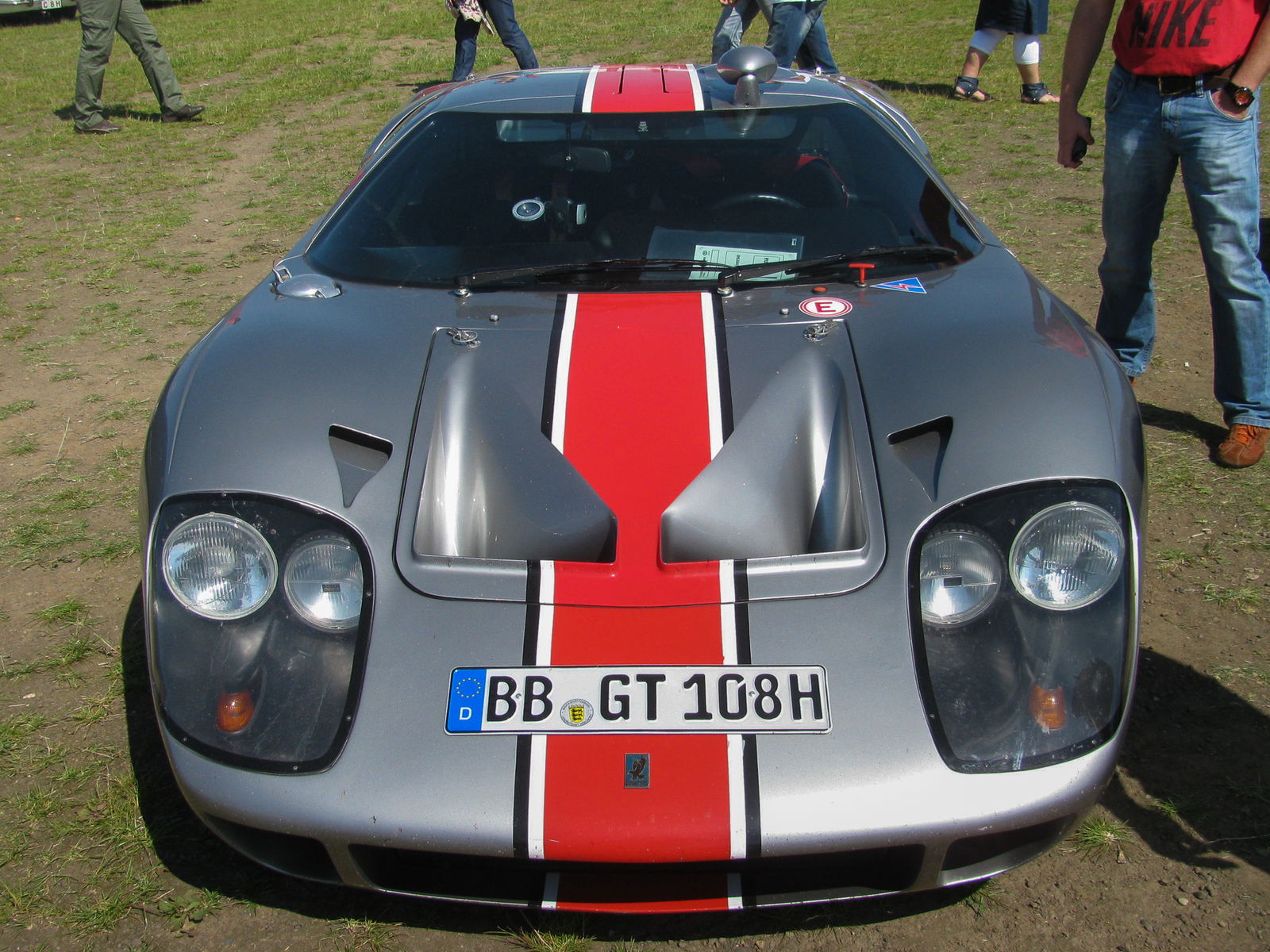
The story of the company starts in 1966, when Eberhard Schulz decided to build his very own car.
Not just to have his own car (which is pretty cool) but also to have a reference when looking for a job after he had stopped his study of mechanical engineering before the main diploma.
A clear design interpretation was the Ford GT40 (presented in 1966), and while most of the car was handmade the drivetrain is based off mass-production parts.
Since a car can’t be road-legal Schulz registered the company “Ednilreg Automobil Styling und Prototypenbau” (Automotive Styling and Prototype-development”, and “Ednilreg” was his wife’s first name in reverse), with the to-be-built car being called the “Project 004”.
Probably to save money the company was registered to Schulz’ house, and the car was first built in a local washroom and then later in Schulz’ front yard.
The car is built off a custom-made (by Schulz himself, of course) welded steel space-frame, with a glass-fiber body glued onto it.
Because of the space-frame the car needed gull-wing doors, the same reason Mercedes’ famous 300SL has them.
The doors also form a “bubble roof”, the convex areas in the roof being there to create space for the driver’s helmet.
Schulz installed an adjustable “Gurney Flap”-spoiler at the rear, while the interior is equipped with a fire-extinguishing system, bucket seats with 4-point harnesses and a kill-switch that can be operated from outside the car.
The two-seater coupé was first equipped with Volkswagen’s “Flachmotor” (“Flat-engine”), a 1.584ccm flat-four used in the Volkswagen 1600 LE, with Bosch’s D-Jetronic fuel injection.
The engine produced 40kw at 4.000rpm and 110nm at 2.200rpm.
That engine managed to propel the 760kg light car to 175kph.
Not much for a mid-engined sports-car, but everything but bad for something someone built in his front yard.
Schulz wasn’t satisfied for long, soon replacing the engine with the 2.293 ccm engine from the Ford Capri, moving from fuel injection to carburetors in the process.
The car’s power output almost doubled, from 40 to 79kw, while torque grew from 110 to 174nm.
With the new engine the car managed to pass the 200kph-mark (about 120mph), giving it a performance to match the looks.
At last Schulz got his hands on a V8 racing-engine based off the Mercedes-Benz M 117, and modified the car to fit the huge engine.
He widened the body by 100mm, moved the fuel-tank from the left to the right door-sill and, just because he was already working on the car, installed new rear-view mirrors in more practical positions.
Thanks to the V8’s dry-sump system he could also lower the roof by 20mm.
The 5.000ccm V8 was supplied with fuel through four Weber IDA twin-carburetors, and disposes burnt gasses through two exhaust-pipes which Schulz was forced to equip with mufflers after the car was initially too loud to be road-legal.
The 309kw from the engine flow through a ZF 5-speed manual gearbox (“Synchroma 5 DS-25/2”) with a self-locking differential.
The new engine could propel the car (which now weights 960kg) from a standstill to 100kph in just 4 seconds and onwards to 315kph.
That top-speed makes it faster than the Ford GT40 or the Lamborghini Miura, the two “main” super-cars at the time.
Using that car (eventually named the “Erator GTE Mark 3”) Schulz drove to Mercedes and to Porsche to apply, using the car as a proof of his skill since he had no graduation-diploma.
He signed with Porsche, starting work in the concept-department.
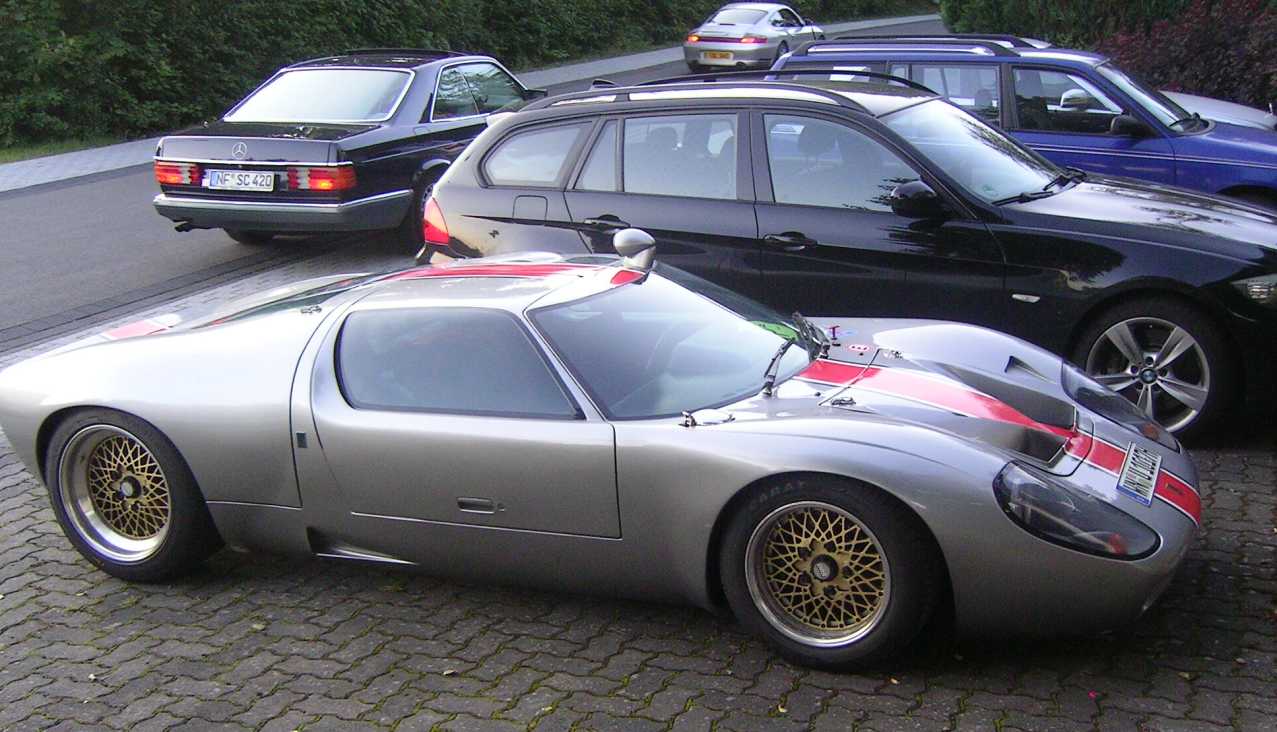
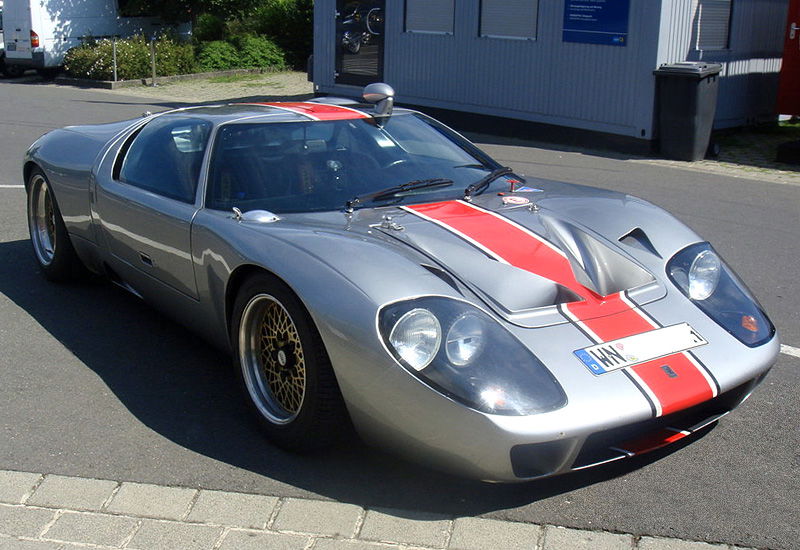
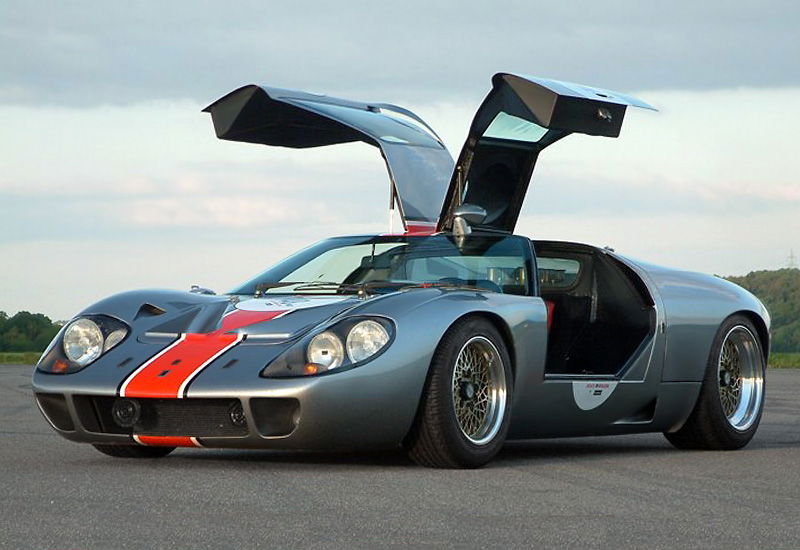
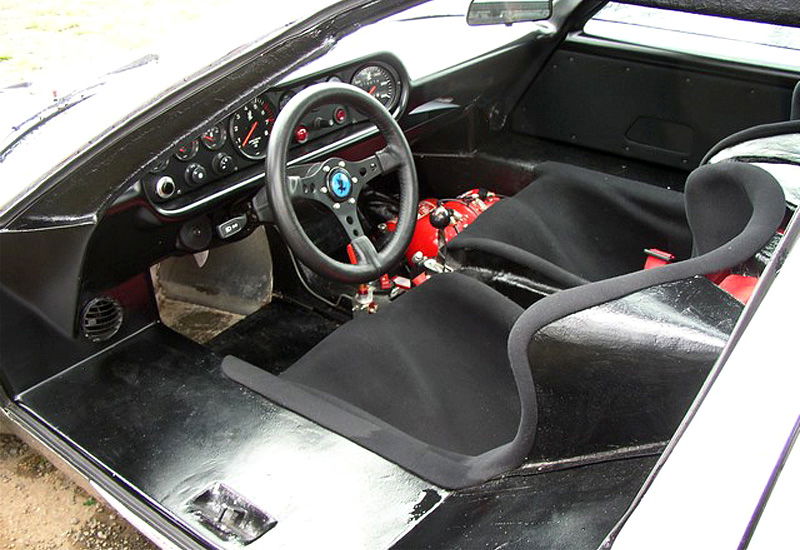
The CW 311 - The Isdera that wasn't officially made by Isdera
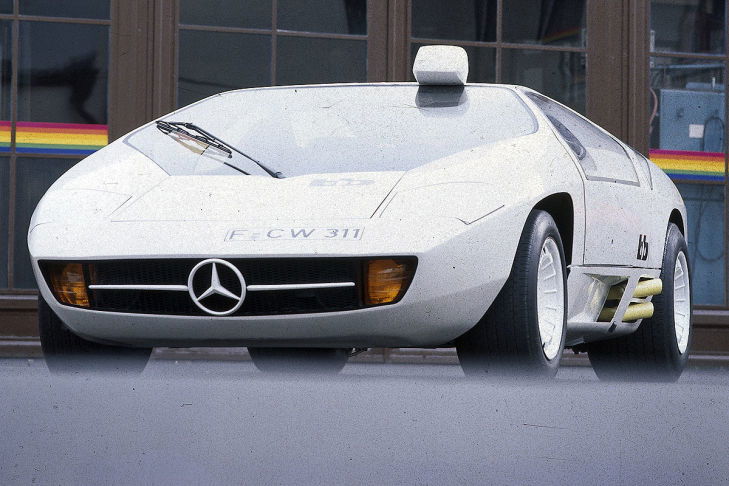
While working full-time at Porsche Schulz still found time to develop another car in his free time, though this time he didn’t work completely alone.
The story of the CW 311 starts in 1972, when Schulz began thinking about what a modern Mercedes 300 SL would look like.
He soon met Rainer Buchmann, owner of the tuning-company “bb Auto Exclusiv Service KG”, together with whom he started working on the car.
Since the company “Isdera” didn’t exist yet and Schulz probably didn’t want to use the name “Ednilreg Automobil Styling und Prototypenbau” again the car was developed under the brand b+b.
Just like the Erator the CW 311 was made of a space-frame with a glued-on glass fiber body.
The engine was the Mercedes-Benz M100 (known from the Mercedes-Benz 600), a 6.834ccm V8 that had been reworked by AMG.
The engine was mounted behind the seats (reaching right up to the rear wheels), with the exhaust-pipes ending as side-pipes in front of the left rear wheel.
The engine delivered 276kw at 5.000rpm and 580nm at 3.000rpm.
According to Schulz that was enough to let the car reach 320kph.
The headlights were fitted with aerodynamic covers which had to be manually removed if you needed to use the headlights, a later version was made from such a thin material that the driver could at least flash the high-beams with the covers mounted.
The very first prototype had a front hood that would lower itself when driving to enable more air to reach the radiators.
The CW 311 (named after the car’s very low drag coefficient) got registered for road-use in 1978, the same year it was presented (wearing a white pearl-paintjob, assumed to be the first car to do so).
For some reason the car had been fitted with a Mercedes-Star on the front, but thanks to the very positive feedback the car generated Mercedes chose not to take legal action (which they usually would do).
In 1979 the car was transported to the “Salzburgring” (a race-track) in Austria for high-performance testing, some of which was done by racing-legend Nikki Lauda.
Footage from these test-drives as well as a handful of additional sequences gave the car the “starring role” in the 1980’ comedy-movie “Car-napping”.
The prototype remained a one-off, and disappeared after a last appearance in 1982.
It is not even known if it still exists, or has been scrapped in the meantime.
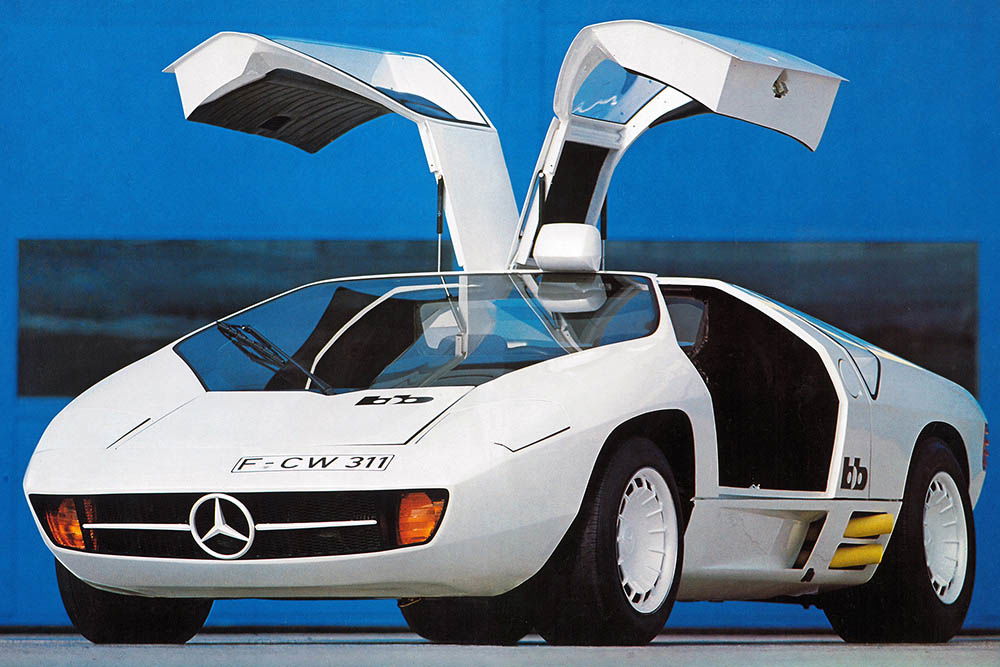
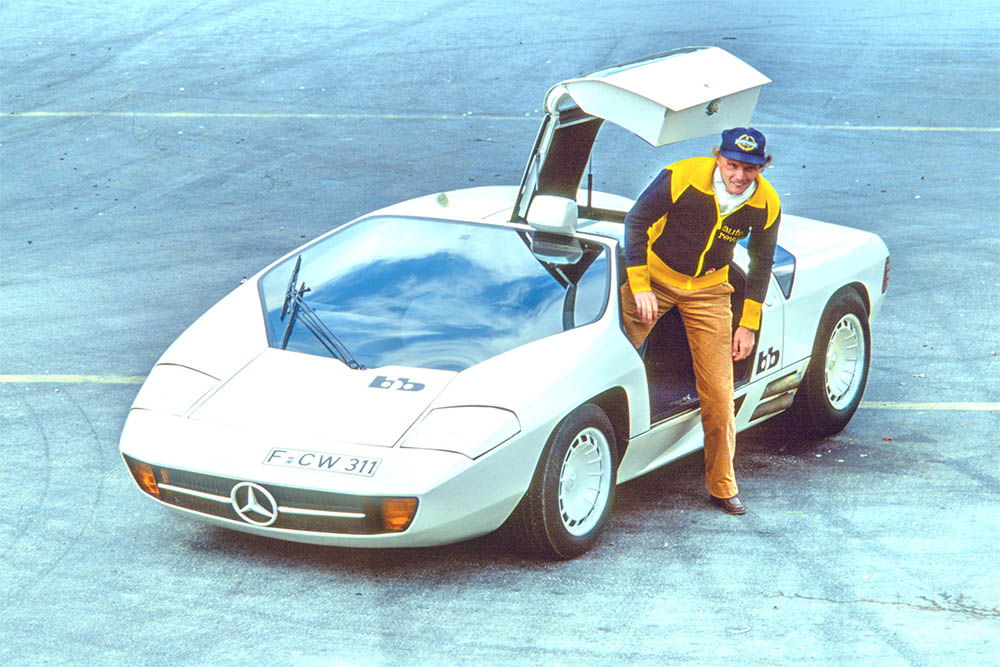
The Isdera Spyder - The first Isdera for Customers
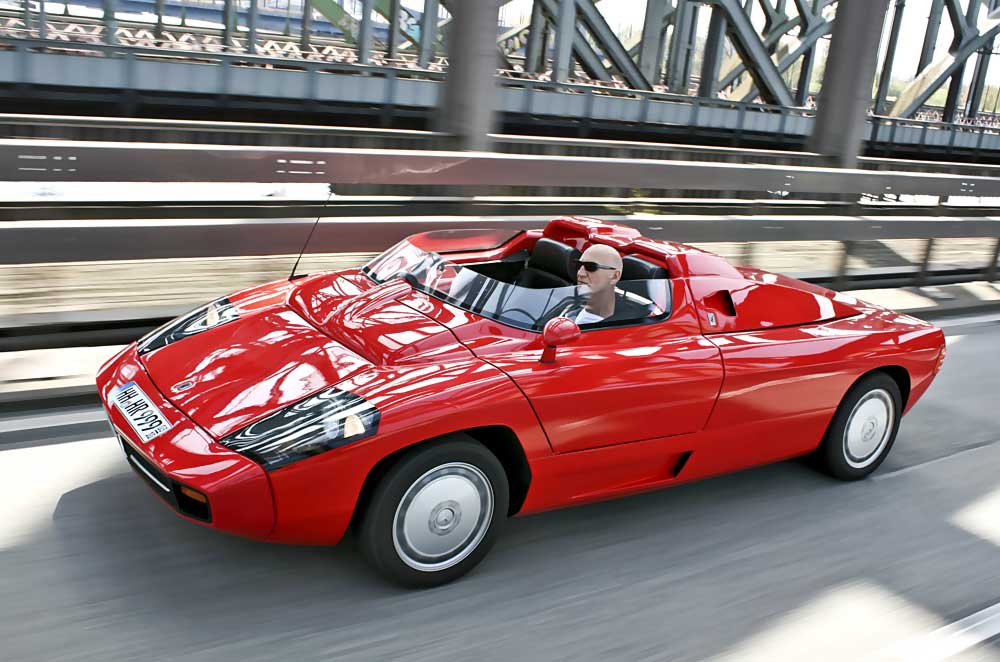
In 1982 Schulz founded “Isdera” (“Ingenieurbüro für Styling, Design und Racing”, “Engineering-office for styling, design and racing”) in Leonberg near Stuttgart (Germany).
The same year he presented his next car, the Isdera Spyder.
The car is assumed to once-again use a space-frame, designed with a lot of “traces” from the CW 311 such as the rear lights of the Mercedes SEL and the low and wide front grille.
The very first Spyder was powered by a modified engine from the Golf GTI delivering 100kw, while customer-cars (the Spyder being the first Isdera you could order) being powered by a 136kw inline-four 16-valve engine from Mercedes.
These cars were later called the “Spyder 033i” to tell them apart from post-1987 cars which (called the “Spyder 036i”) carried a 3.000ccm 6-cylinder engine from Mercedes delivering 138kw.
Another upgrade came in 1991, giving the Spyder an engine with 24 rather than 12 valves, delivering 220PS.
That year also introduced a catalytic converter to the exhaust-system.
With that engine the 970kg light car makes the sprint from a standstill to 100kph in 6.4 seconds, before running out of steam at 262kph.
It should be noted that the car did have doors, but no roof or windows and only a two inches high “windshield”.
According to Isdera, the car was supposed to be “as motorbike-like as you could be driving on four wheels”.
The car featured a very unique door-concept, with the doors swinging up- and forwards (somewhat like a Lamborghini) with the tiny windshield and part of the front cover swinging up along with it.
Including the prototype 17 cars were made, at an unknown starting price.
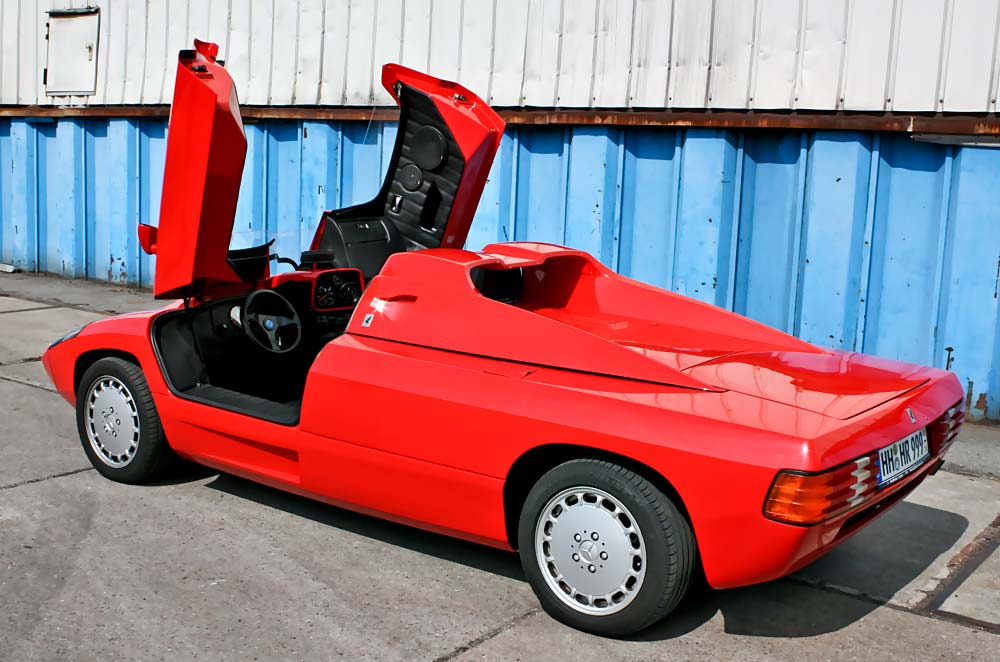
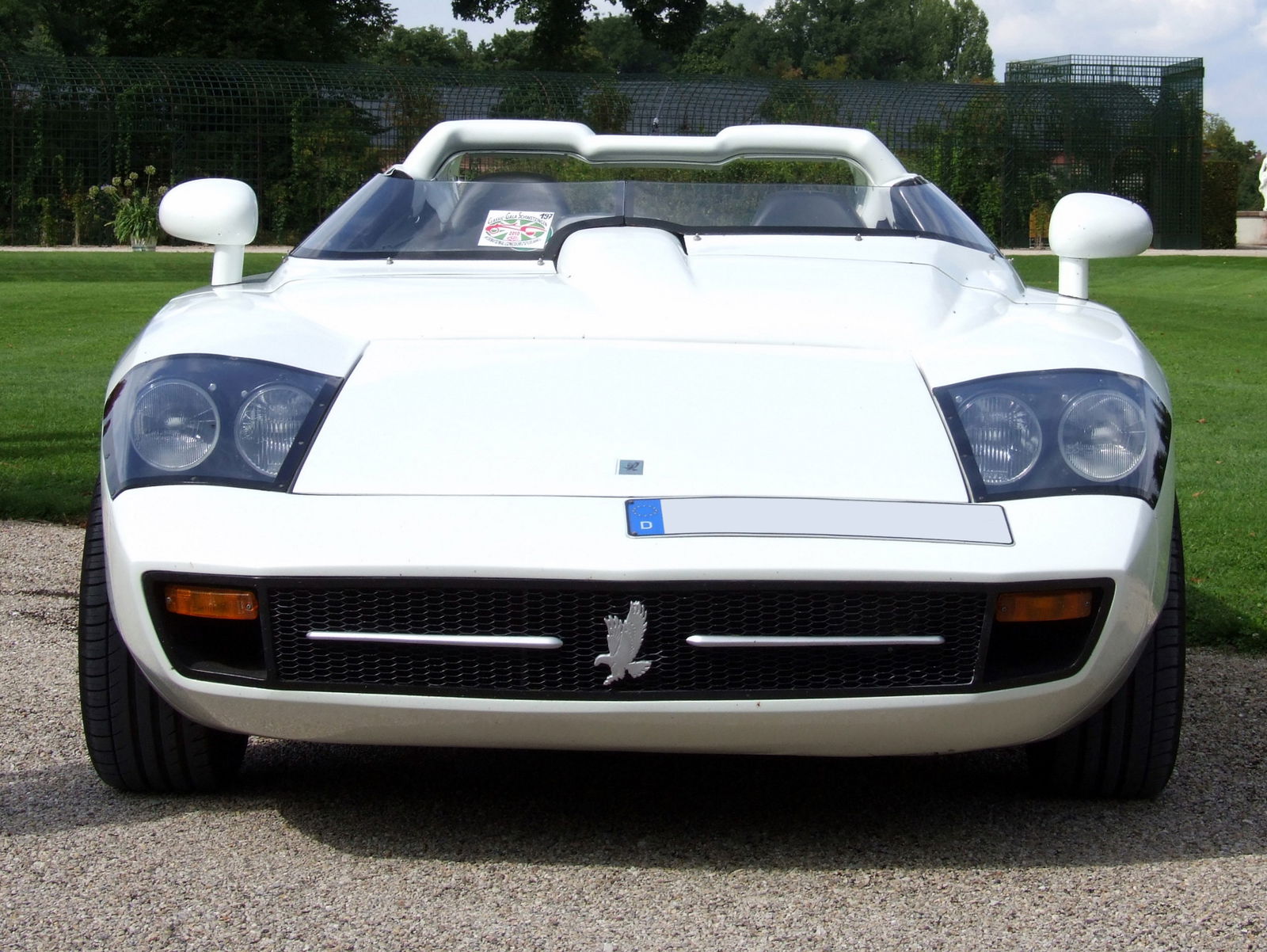
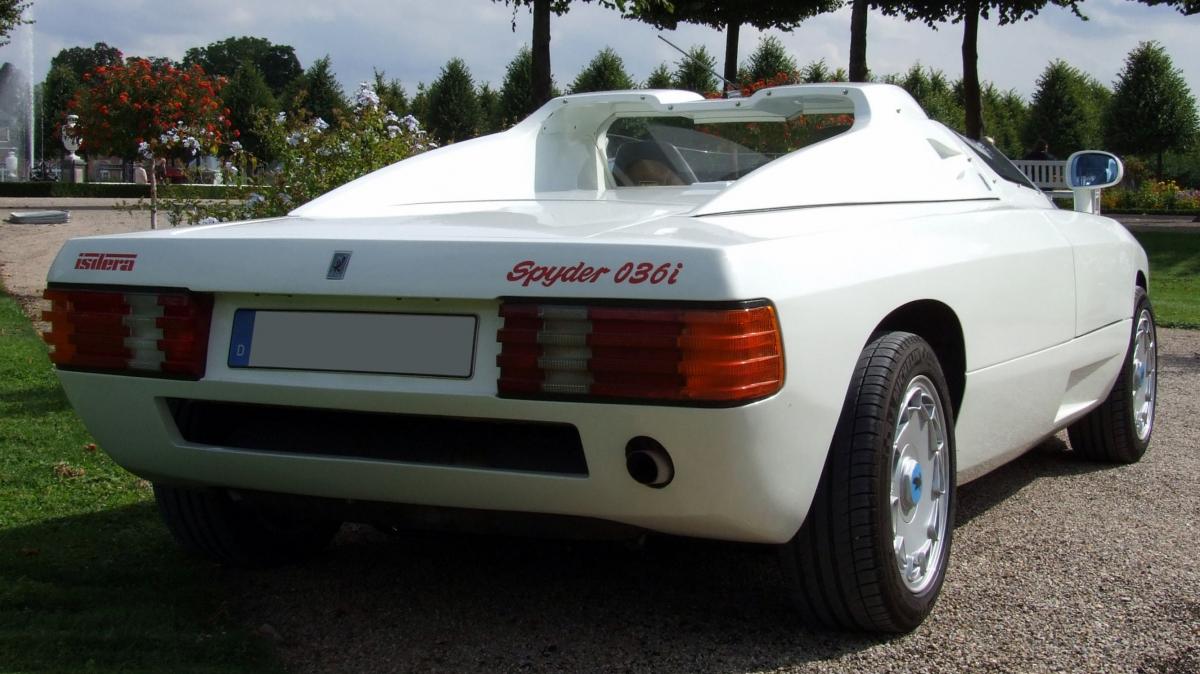
The Isdera Imperator 108i - The "Mass-Production"-Isdera
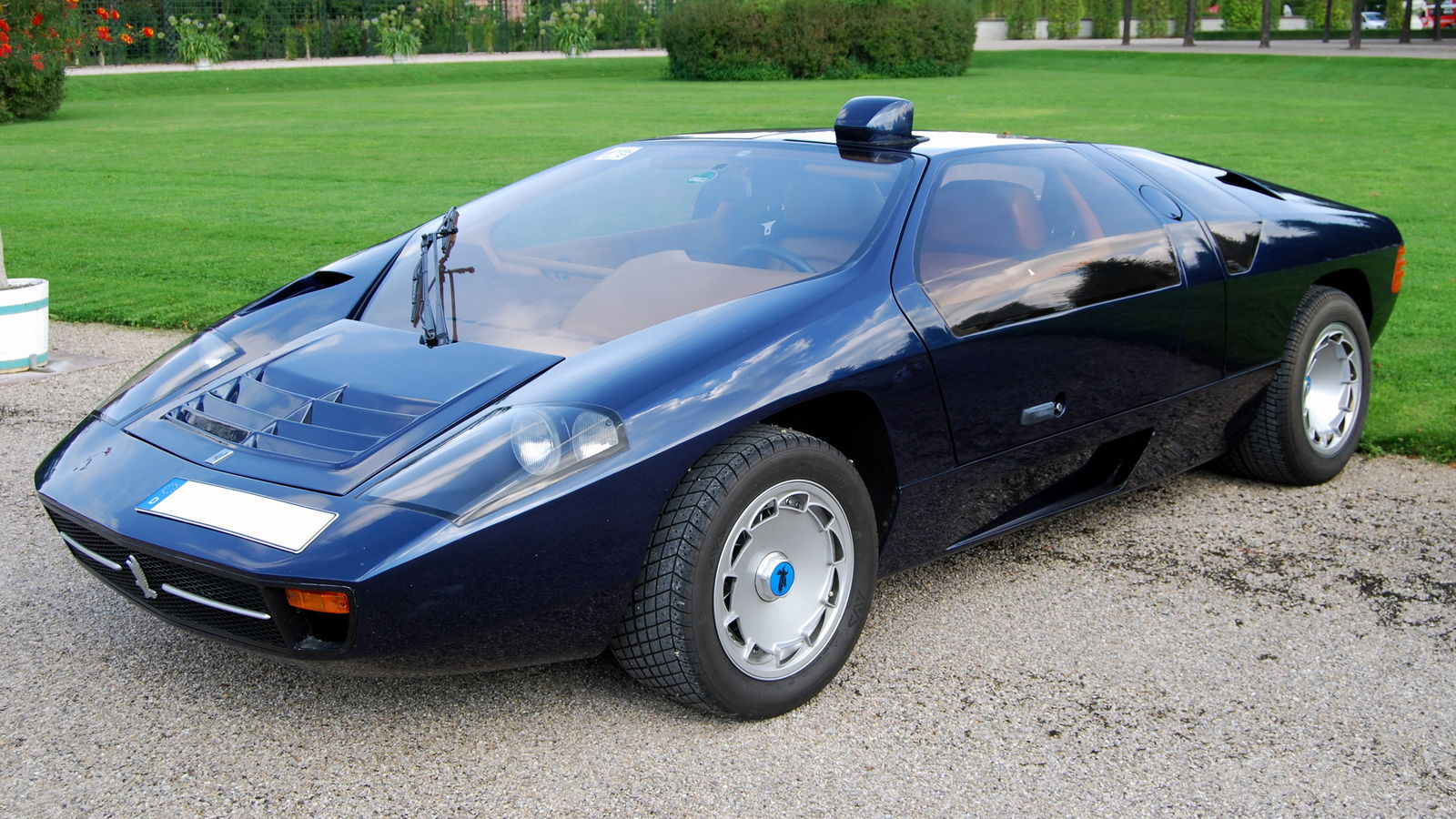
When Isdera presented the “Imperator 108i” in 1984 a lot of people thought Schulz (and, by that point, a couple of employees) had just done some minor changes to the CW 311 and put a new name on the rear.
What actually happened was that Schulz had taken the design, modernised it and adapted it to his new sports car.
The Imperator is in every direction larger than the CW 311, having grown 120mm in length, 55mm in width, 25mm in height, while the wheelbase gained 80mm in order to accommodate larger engines and to give a little more space to the driver and passenger.
The design also lost the CW 311’s pop-up headlights in favour of fixed ones under a clear cover.
A notable design-feature is the rear-view mirror at the upper edge of the windscreen, which the driver can see through a small window in the roof.
That way, the mirror doesn’t obstruct the view out the windscreen.
The 1.250kg heavy car once again got Mercedes-engines, with Isdera giving the customers a choice of two four V8-engines:
-The prototype had a 5-liter V8 delivering 173kw and 565nm of torque, enough to propel the car from a standstill to 100kph in 6,8 seconds and onwards to a top-speed of 262kph.
-The “base model” for the production had a 5.600ccm cat-less engine, delivering 221kw and 455nm.
-Next up was an AMG-tuned 32-valve version of the engine, delivering 268kw and 525nm, shaving another second off the sprint and listing a top-speed of 296kph.
But, as usual with hand-made cars, it’s entirely possible that a car with that engine was a little “better fed” and made it to 300kph (180mph).
-The top-of-the-line engine was an AMG-tuned 6.000ccm 32-valve V8 (based off the 5.600ccm), producing 309kw and 540nm.
With that engine the Imperator could reach 308kph, after needing only 4,5 seconds for the standard sprint.
The Bosch KE-Jetronic 3.1 that took care of supplying the fuel-air-mixture to the cylinders is the reason for the “i” in the car’s name.
In the Isdera that engine was mounted to a 5-speed manual gearbox from ZF, driving the rear wheels.
In a first series, made until 1991, 17 Imperators were made, with (according to varying records) half or two-thirds of the customers choosing AMG-tuned engines.
The Imperator was seen as more of a GT than a sports car, which is why the car came with air-conditioning, a high-end sound-system and had two luggage-compartments (according to Isdera “with more space than two people need for a short vacation’s luggage”).
The car could also be ordered with an ABS-system, the first Isdera to offer any “driver’s aid”-technology.
Other optional extras included an in-car telephone, a 75% locking differential, a sports-clutch, a shorter gearing with an oil-cooler, a catalytic converter and “anything a customer wanted that we could fit in the car”.
Isdera briefly stopped production, implementing a few changes in the car for a “Series 2” that was offered starting in 1992.
The last Series 1 Imperator made was a highly modified one called the “Isdera Imperator EVO 1”.
The car had most of the technological updates of the upcoming Series 2, while being visually mostly a Series 1.
The car had originally been ordered to meet the demands of the FIA-GT-Championship, with the (anonymous) customer changing his mind at some point through the building-process and wanting a road-legal car after all.
The car received a fully adjustable suspension (lowering the car further than the “normal” Imperator (if there is such a thing as a normal Isdera), a wider track, and the ventilation-openings of the Series 2.
Once the customer changed his mind away from a pure race-car the car was also fitted with an A/C and a full leather interior.
The car was powered by a new version of the 5.000ccm engine of the first Imperator, tuned by AMG to deliver 243kw and 490nm allowing for the standard sprint to be done in 4,8 seconds and the car running out of steam at 310kph, making it the fastest Imperator and the second-fastest Isdera (as far as the official top-speeds go) behind the Erator’s 315kph.
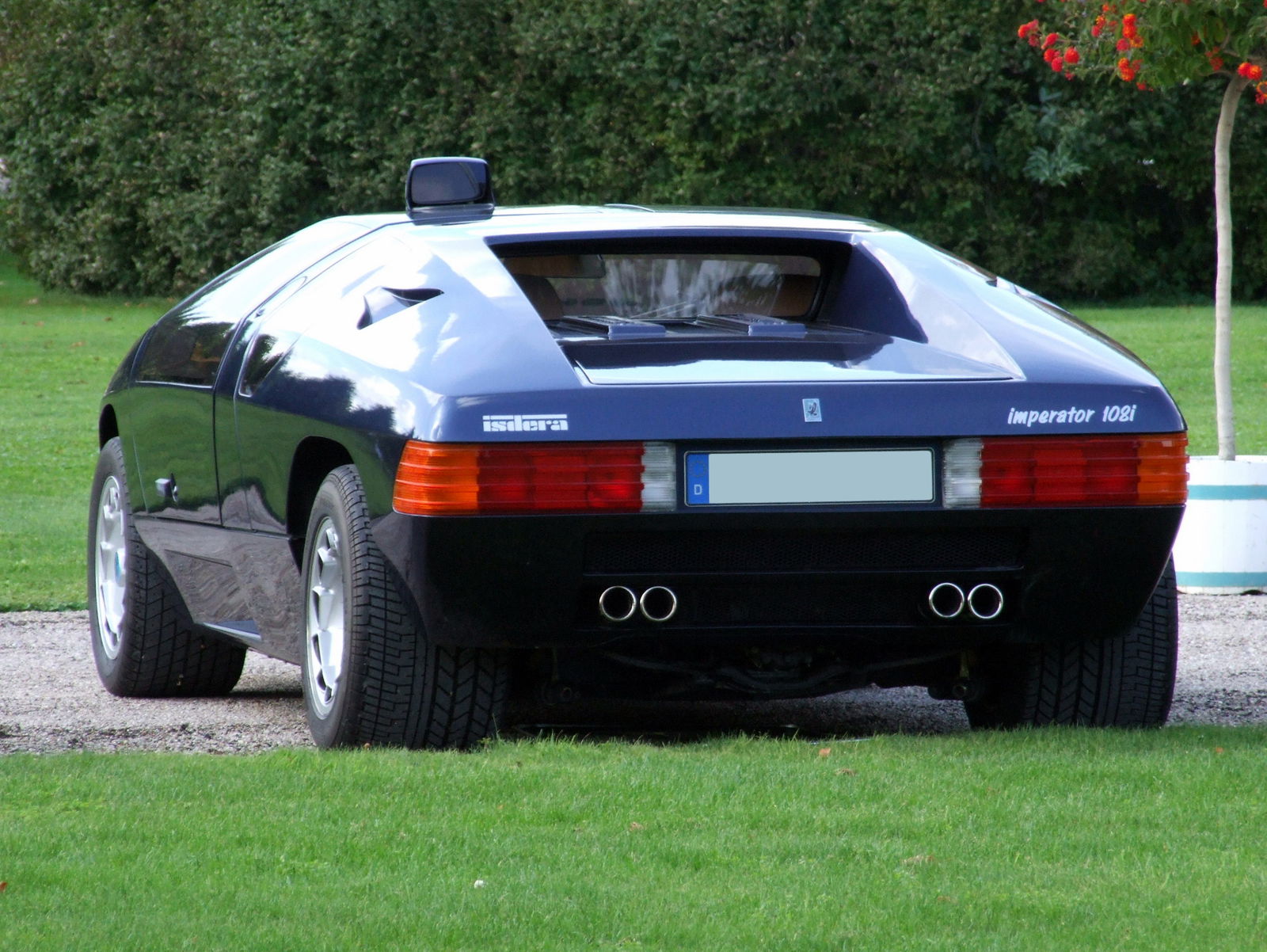
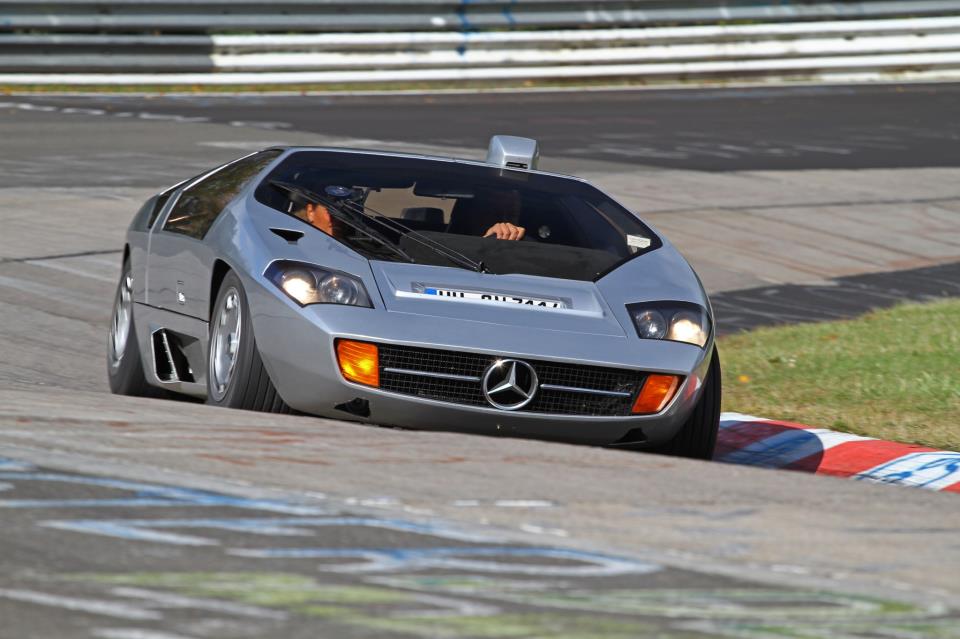
The Isdera Imperator 108i Series 2
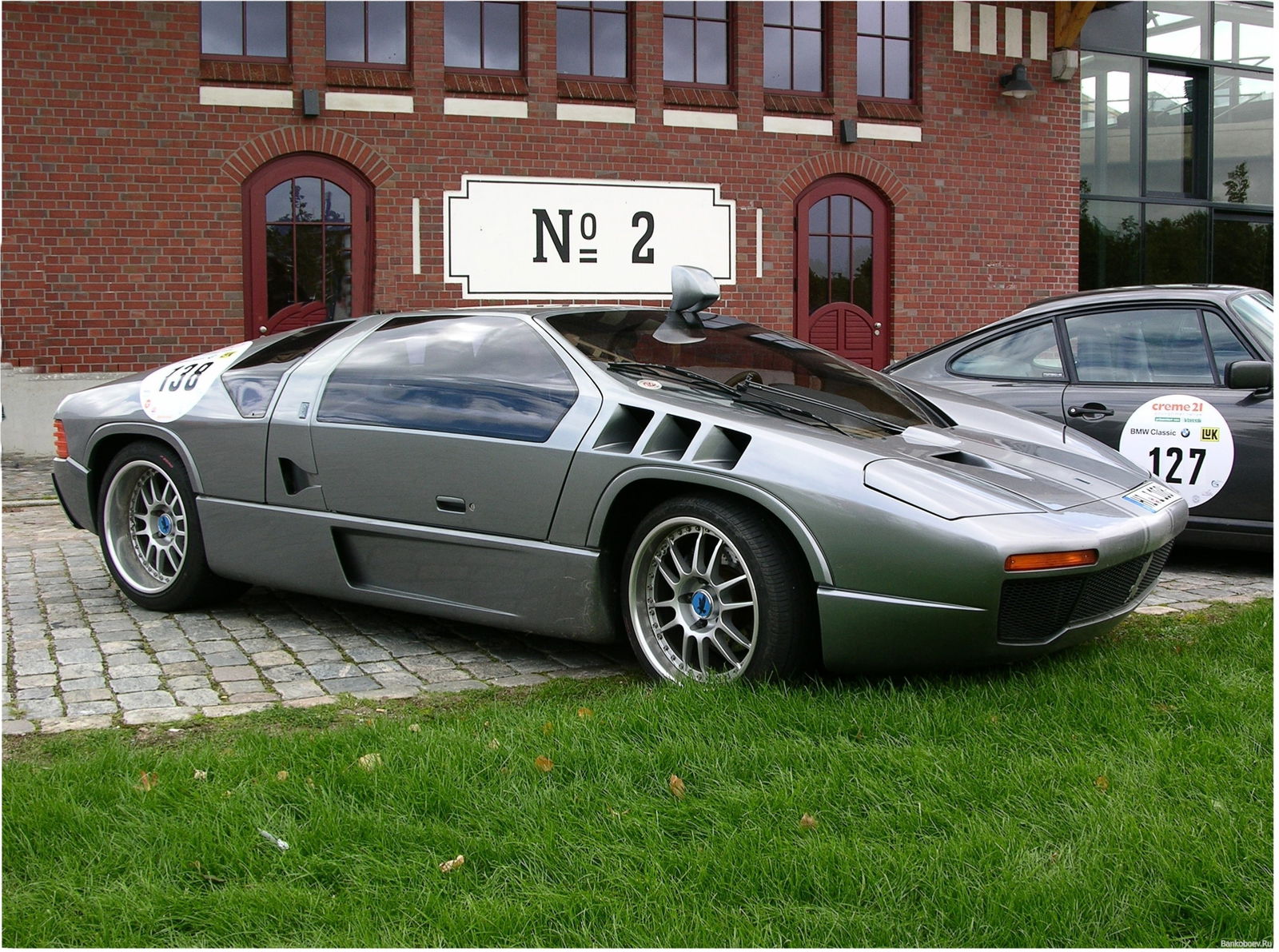
In 1992 the first Imperator Series 2 left Isdera’s workshop, with the following changes having been done to the car compared to the Series 1:
-Changes to the exhaust and intake to allow the Imperator to pass tighter Swiss regulations regarding the exhaust-gasses and noise-emissions
-Attaching the seatbelts in new, better locations
-Lower engine-mounts, lowering the center of gravity
-Raising the front, covering the windscreen-wiper-mounts and deleting a ventilation-cut from the front hood to improve pedestrian safety
-Including ventilation-openings in the sides
-Returning to CW 311-like pop-up headlights (in a time when most manufacturers had to retire them because of pedestrian-safety-laws)
-Improved aerodynamics through wider sills and a wider front-mask
-New exhaust-system, now ending with side-pipes
-Small changes to the frame to adapt it to the new suspension and engines
Furthermore, a catalytic converter and ABS now came as standard, while customers could order their car with conventional side-mirrors (with one car being known to have that option).
While the first Series 2-car was made in 1992 Isdera made more changes, which benefited cars made from 1993 onwards, including:
-Brembo high-performance brakes
-Larger brake-discs
-Moving to 17-inch wheels
-Increasing the fuel-capacity to 110 liters
The engines were changed too, reducing the choice to two 32-valve Mercedes V8-engines:
-Engine 1
5.000ccm, 243kw, 300kph top-speed, 5,2 seconds for the standard sprint.
-Engine 2
6.000ccm, 302kw, 320kph top-speed, 5.0 seconds for the standard sprint.
Isdera sold 13 “Series 2” Imperators, raising the overall number to 30 cars.
Due to that comparatively high number, Isdera refers to the Imperator as their first “mass production” car.
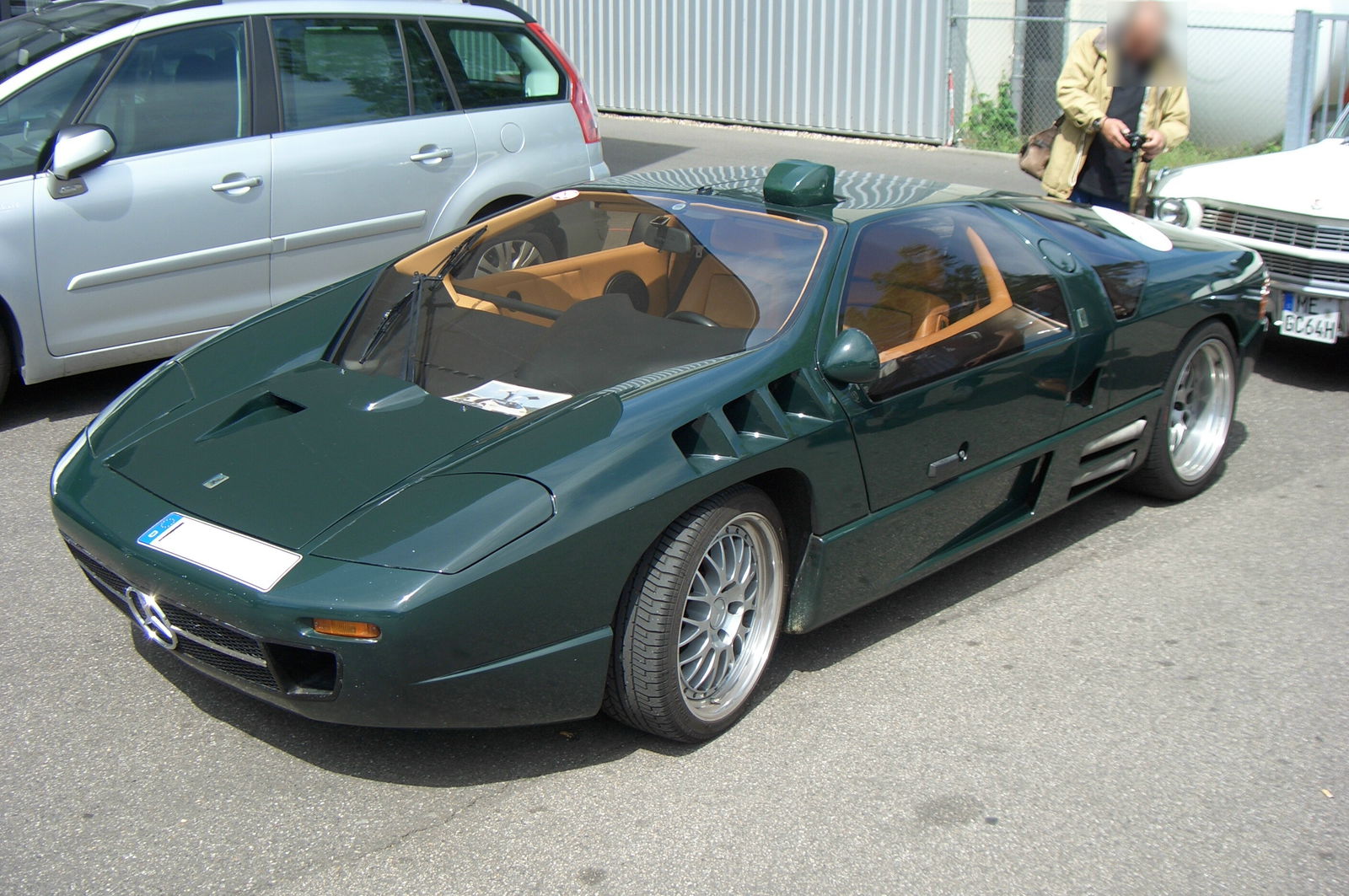
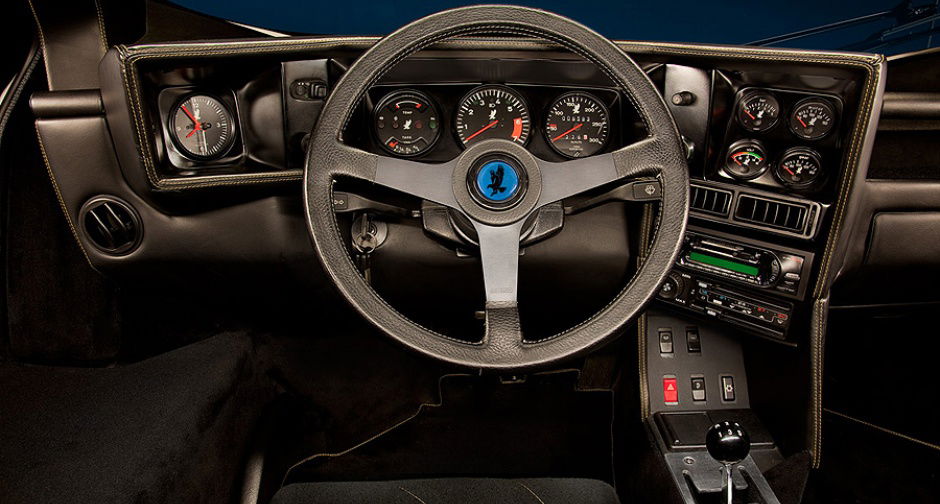
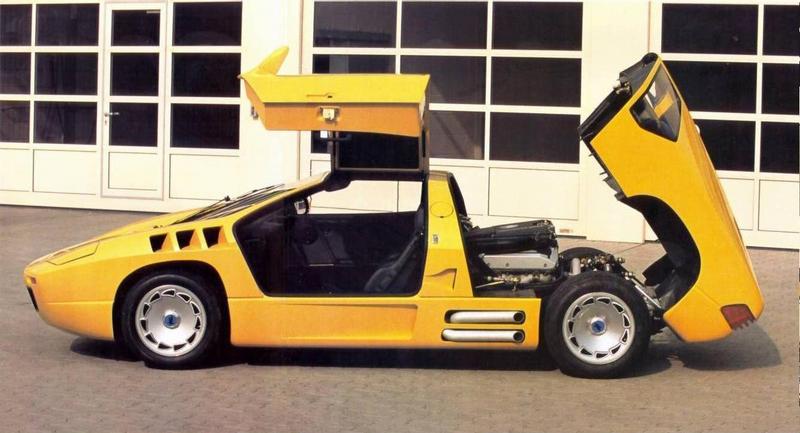
The Isdera Commendatore 112i - The Imperator's big brother
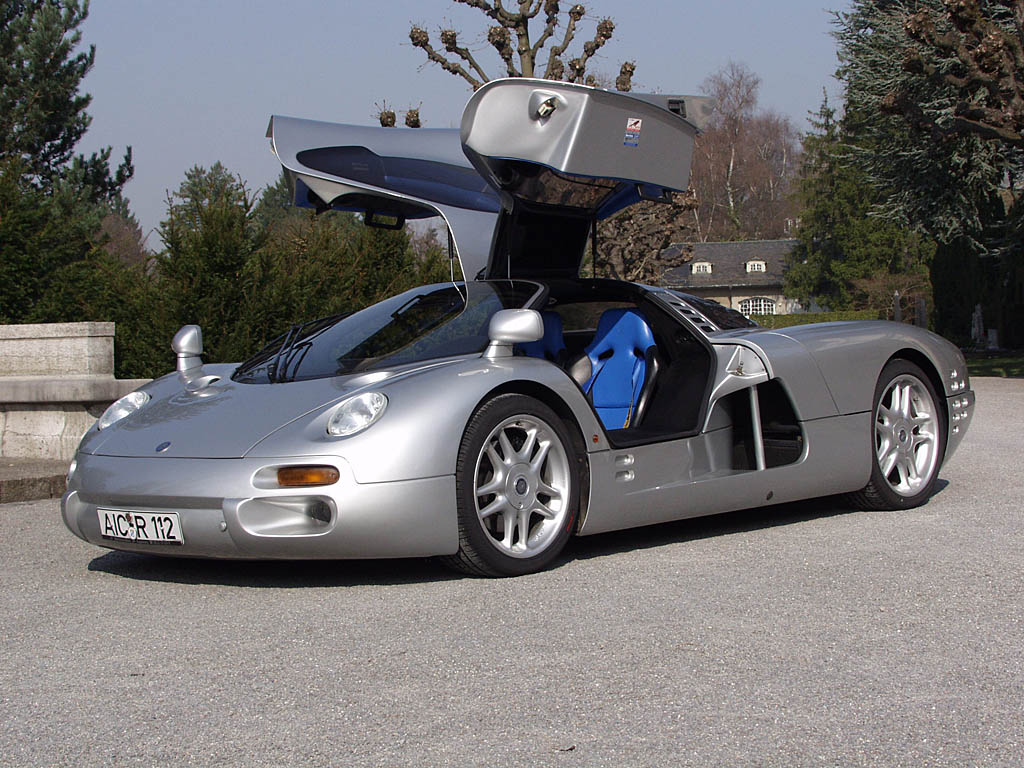
While the Imperator sold well Isdera decided to offer a second model at the same time, aimed at customers who wanted a car “above” the Imperator.
The result was the “Isdera Commendatore 112i”, with the “12i” referring to the engine, a 12-cylinder fuel-injected engine.
Development of the car had started 6 years prior to the presentation in 1993.
The 4665mm short and 1.040mm low two-seater coupé is easily identifiable as an Isdera, if not by the eagle-badge on the rear the roof-mounted mirror and gull-wing doors which are typical for Isdera.
The Commendatore only came with two engine-options, 48-valve V12 engines from Mercedes with 6.000 or 6.900ccm, delivering 309 or 456kw.
The engines were mounted to a GETRAG-made manual 6-speed gearbox, allowing the car to reach 100kph in 4,0 seconds, 200kph in 11,0 seconds, and reach a top speed of 340kph (309kw engine) or 370kph (456kw engine).
That performance is achieved with the help of a very low drag-coefficient of just 0.30Cw, and a completely covered undercarriage.
The car stood on 18inch wheels at the front and 20inch wheels at the rear, provided by BBS, attached to the car via a Bilstein sports-suspension with electronically adjustable ground-clearance, while a 4-piston brake from Brembo took care of deceleration, supported by the adjustable rear wing being able to work as an airbrake, moving up to an angle of 80°.
With a full fuel-tank (120 liters) and the normal standard equipment (including ZF-made power-steering, air-condition and a full spare-wheel) the car weights 1.575kg.
On their website, Isdera points out that the Commendatore is still a practical car, featuring an ergonomic interior with sports seats as standard and a luggage-compartment-volume of 200 liters.
All that technology and exclusivity had its price, though, with prices starting at 800.000 German Marks (with no “maximum price”).
While the previous Isdera’s had used Mercedes-sourced rear lights Schulz turned to his original employee for this car, using headlights from the Porsche 968.
There is no information about how many were made, with numbers ranging from a single car to a dozen cars.
Evidence for at least two cars existing may be the rear-view mirrors, with a few photos showing the car sporting conventional ones rather than Isdera’s version.
There’s also no indication of Isdera ever really “retiring” the car, meaning that, maybe, you could still call them to make an appointment to buy one.
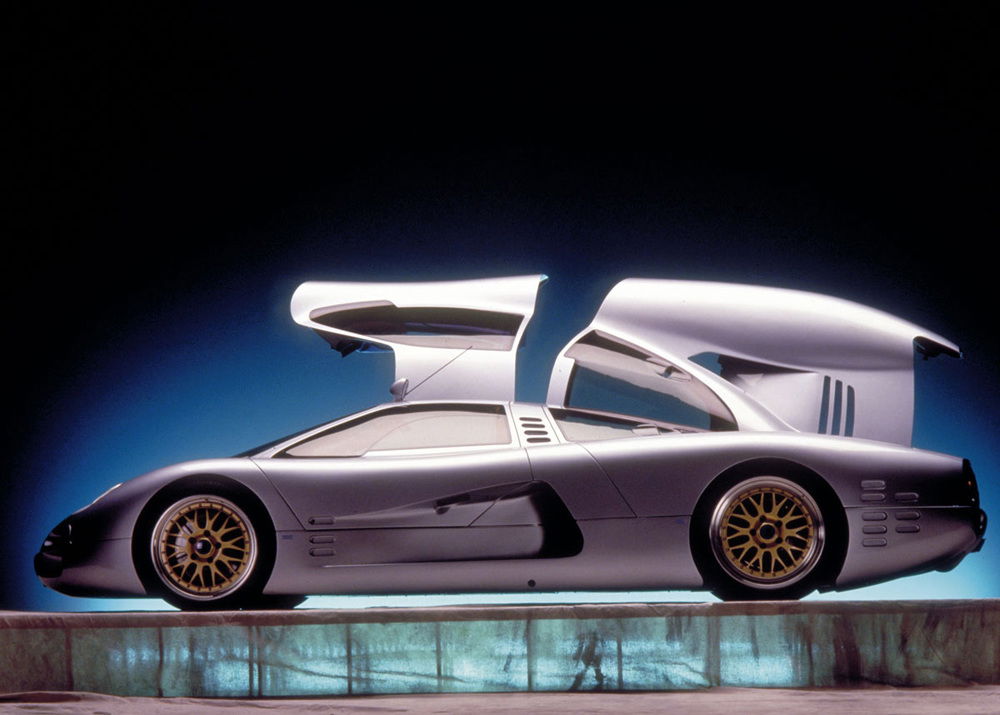
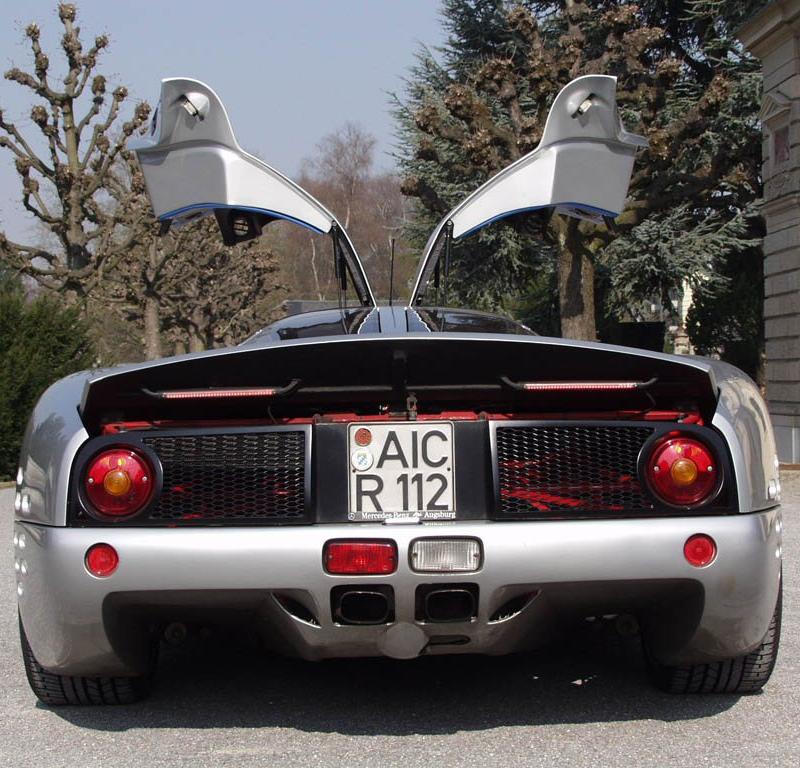
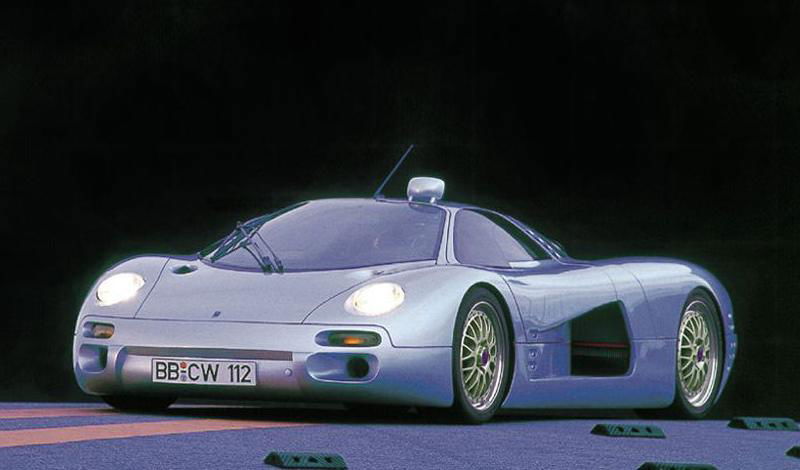
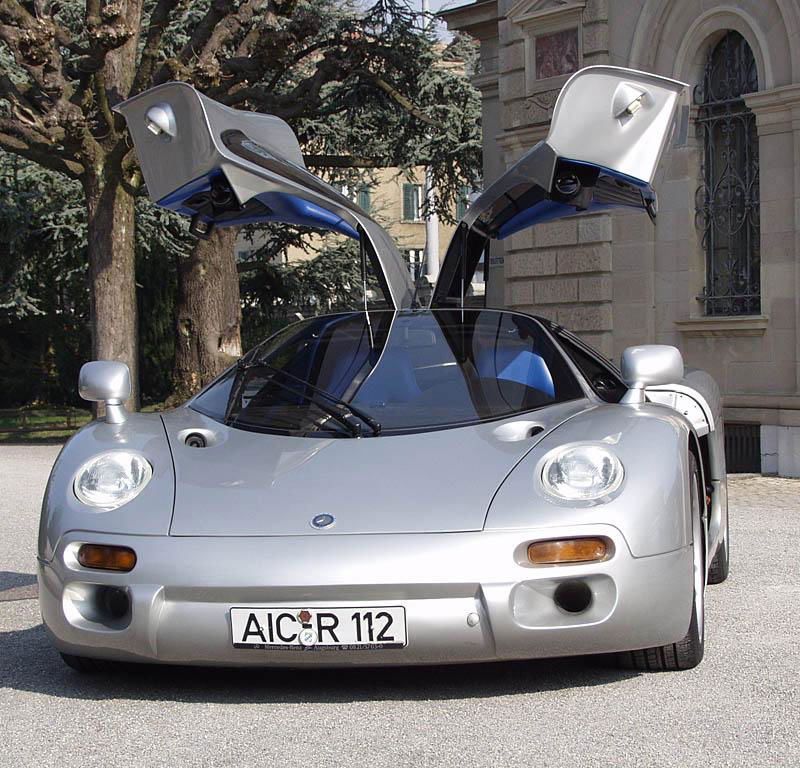
The Isdera Autobahnkurier 116i - A modern but old-looking Powerhouse
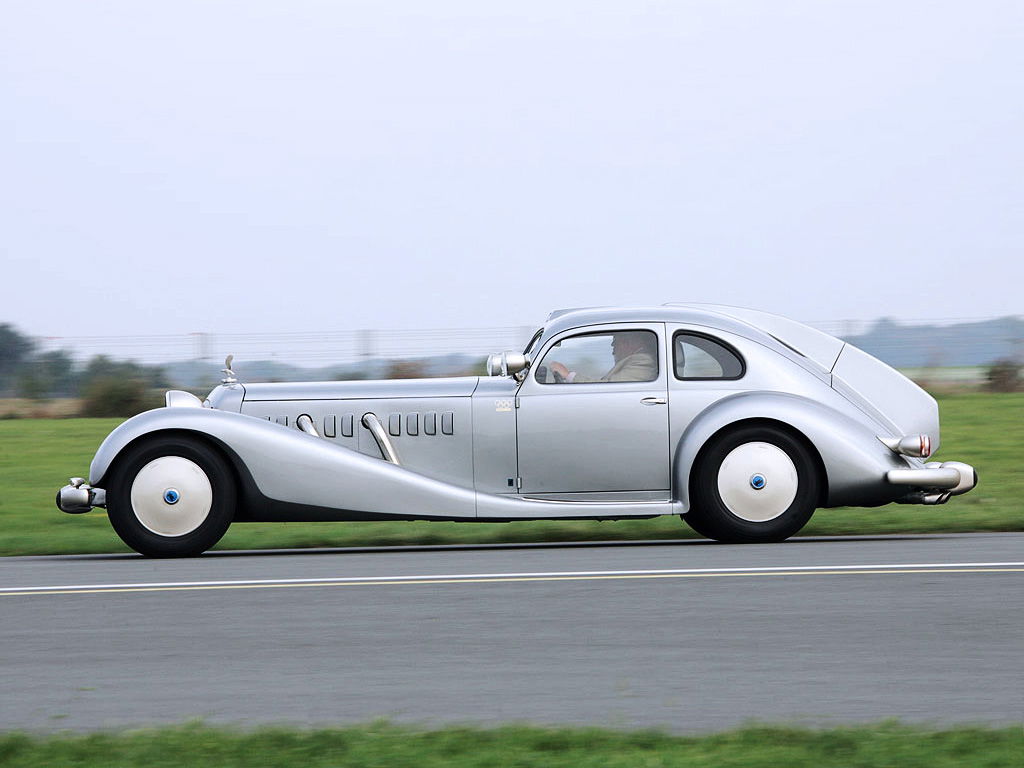
Isdera’s next car, the “Isdera Autobahnkurier 116i” was about as different from the Commendatore as a car can be, with the only thing the two cars share being the silver colour.
Schulz had the idea to a car like this all the way back in 1984, but constantly postponed it mainly due to mechanical problems not being solved, before it was finally presented to the public in 2006.
That makes it the first Isdera to be presented after the company moved to Hildesheim (Germany) in 2005.
The Autobahnkurier is a 5.650mm long two-seater Gran Turismo in the style of the1930s.
The car is powered by two identical Mercedes-Benz M117 V8-engines, adding up to a displacement of 10.000ccm and producing 600hp at 5.100rpm and 900nm at 2700rpm.
Both engines are located under the enormous hood, connected to Mercedes-sourced automatic gearboxes and being operated with one throttle-pedal.
The car’s equipment includes servo-supported brakes, ABS, power-steering, automatic climate control, electric windows, electrically adjustable and heated seats.
One of the engine drives the front wheels while the other engine drives the rear wheels, giving the car permanent 4-wheel-drive.
The large body and two engines raise the weight of the Autobahnkurier to 2.270kg, but thanks to the powerful engines the car still reaches 242kph.
To achieve a decent range the two thirsty engines are supplied with fuel from a 145 liter tank, ensuring that the driver can cover some distance before having to stop for fuel.
Keeping with Isdera’s tradition of making cars the owner can easily make a short vacation with the Autobahnkurier has a trunk-capacity of 333 liters, easily enough for two occupants’ luggage.
The car is a one-off, and is owned by Isdera.
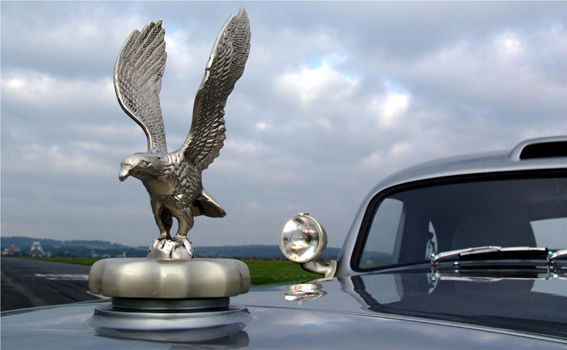
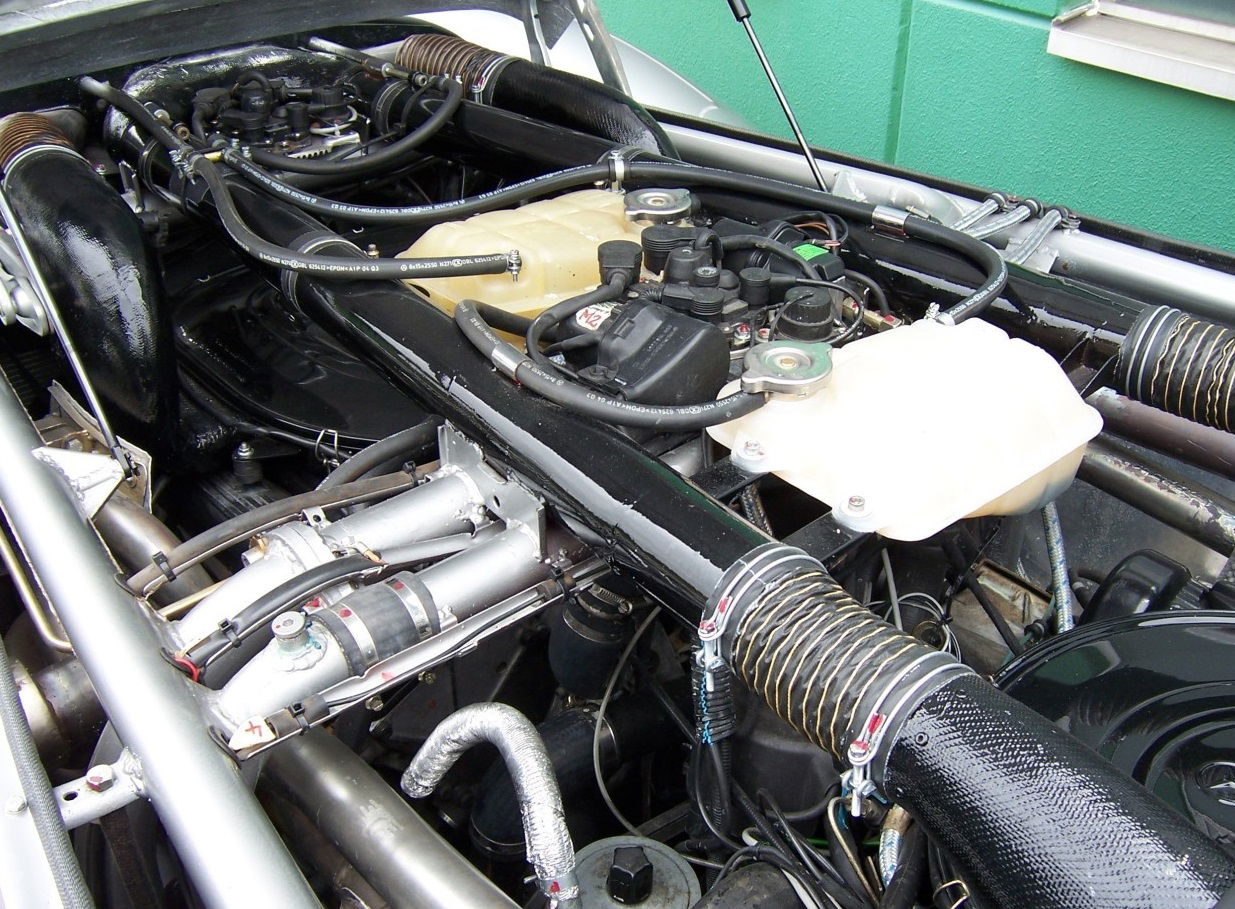
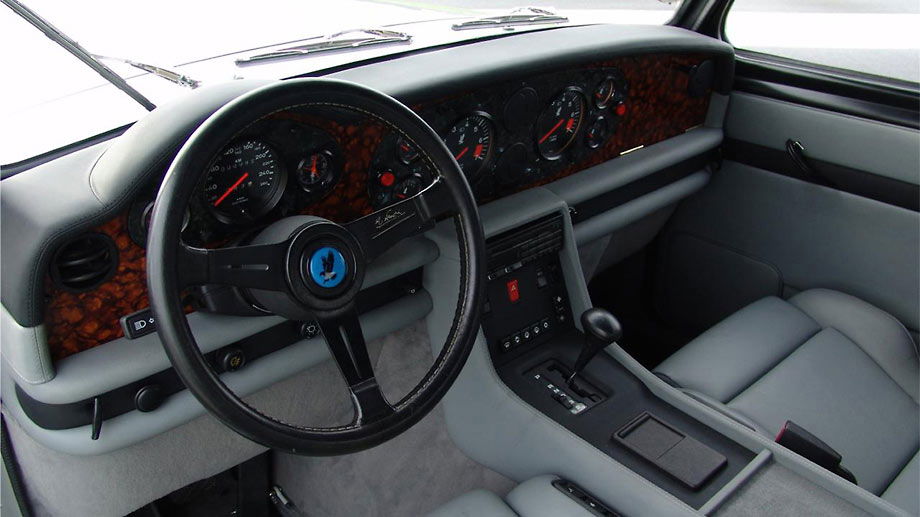
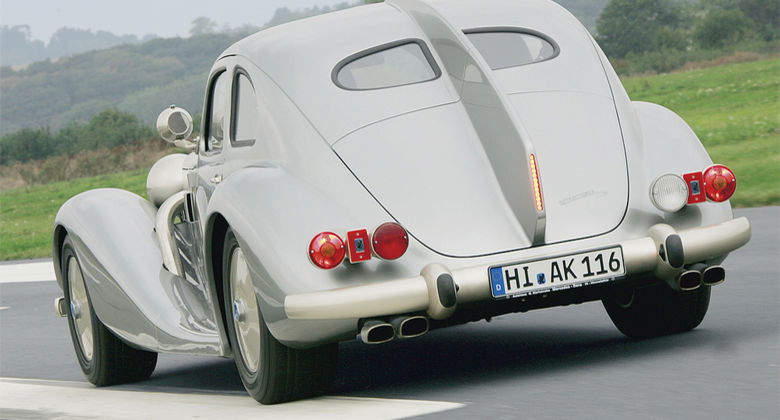
Currently Isdera is focused on providing servicing and repairs to their customers from all over the world while working on a new development called the “Twincycle”, which is yet to be released.
All data and information researched to the best of my knowledge, if I made a mistake please let me know.
#Blogpost
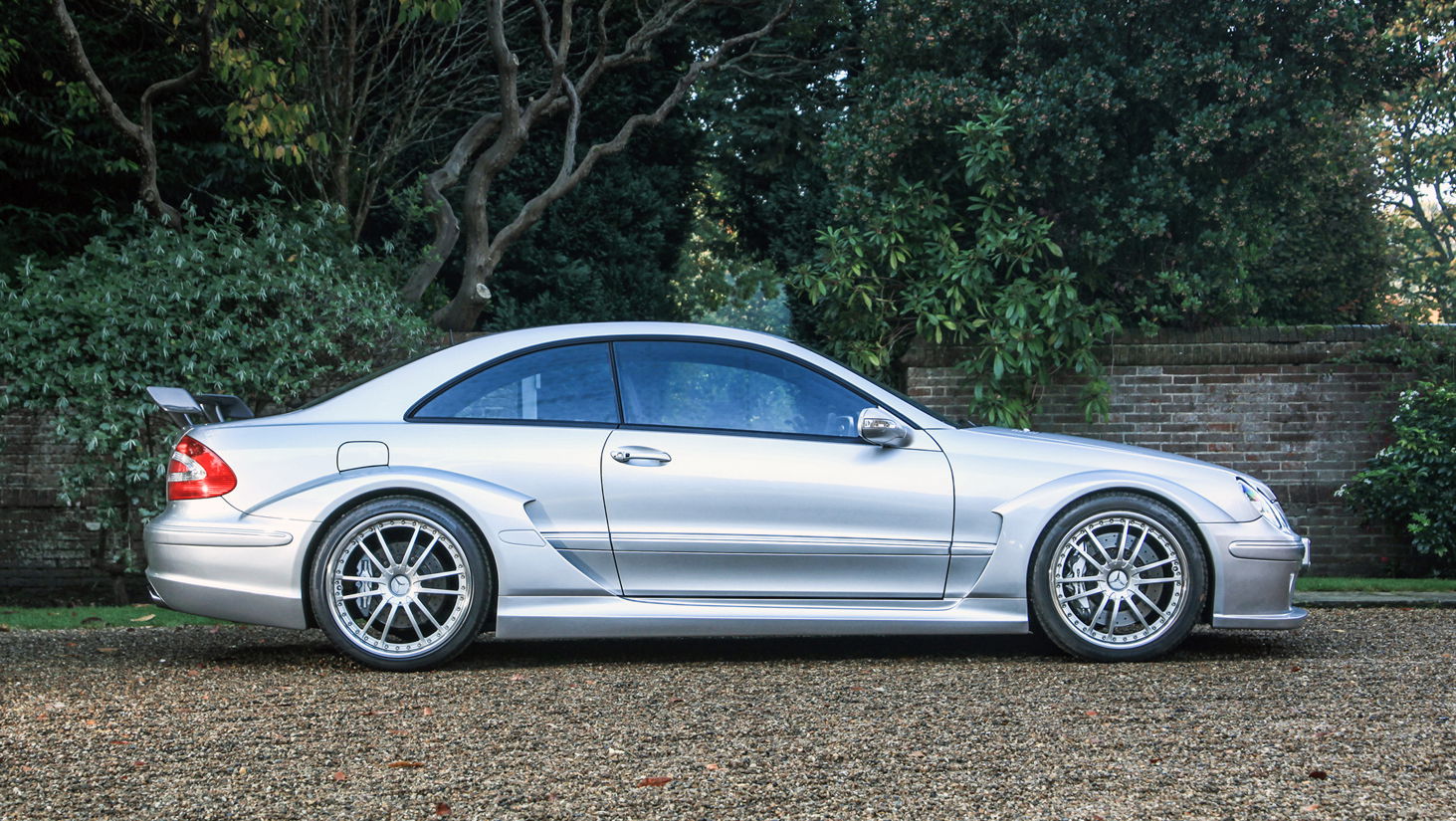
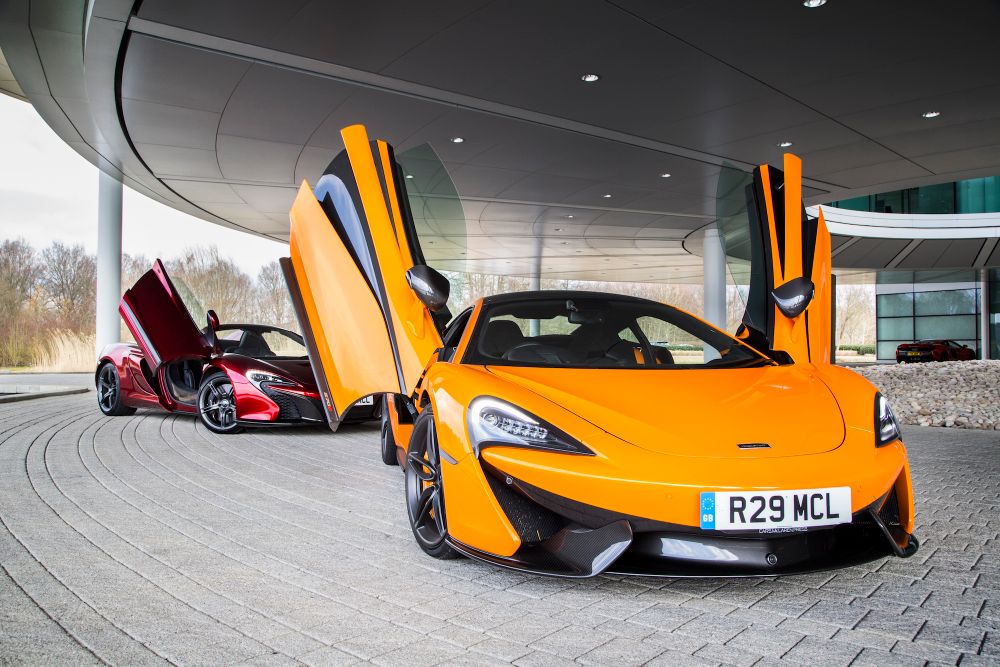
Comments
I’ve seen the one with the Star on the front
Awesome
Isdera=
-Bad version of Ford Gt40
-Weird Mercedes
-Riced lambo Murcielago
-even more riced Lambo
-another weird looking Mercedes
-close to almost being a cool car, but not close enough
-Just stop trying
-Riced Porsche
-like seriously, stop trying
The Erator GTE looks like a Ford GT. And besides, Ford GT, Erator GTE? Coincidence? I THINK NOT.
Great article ! Enjoyed reading it!
I simply love this post! Well done!
And I actualy remember the The Isdera Commendatore 112i from Need for Speed 2 haha lovely car!
I had heard of it but I only knew of the merc concept car
Pagination